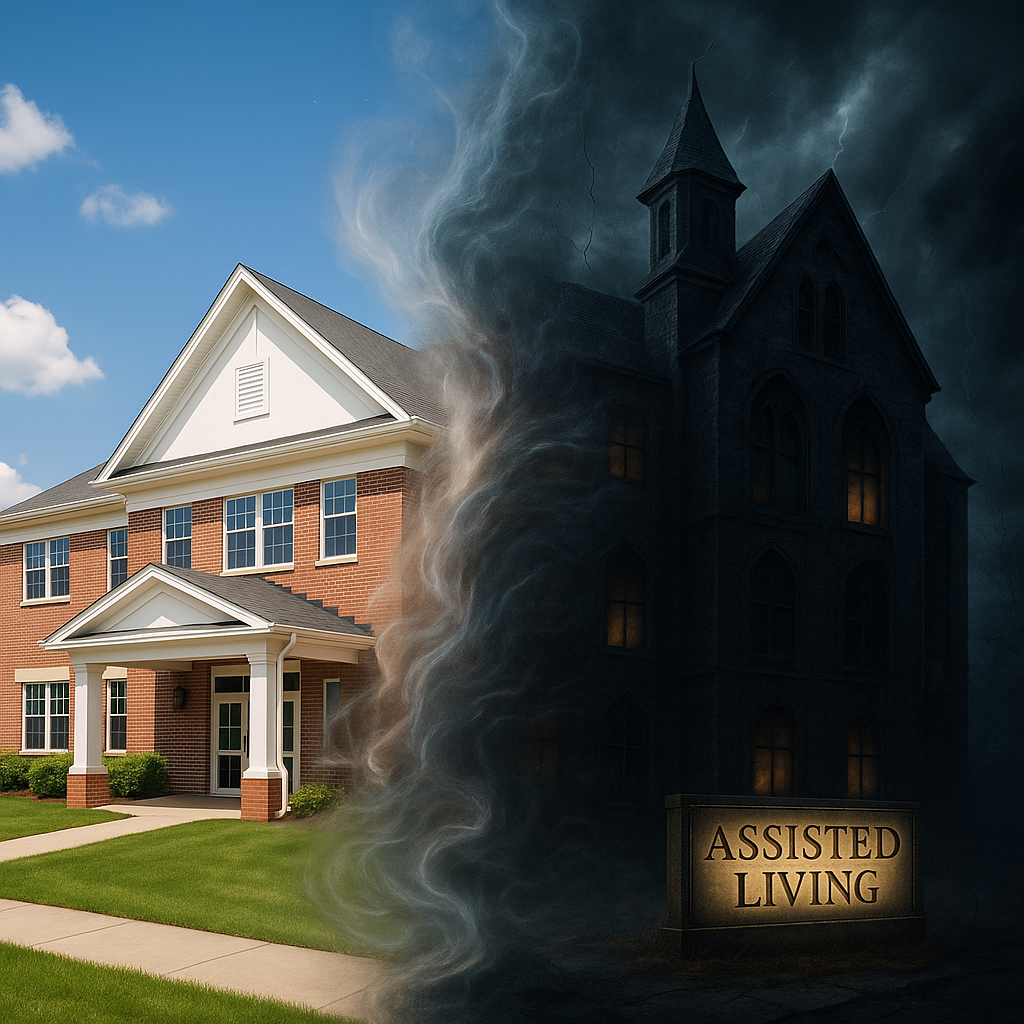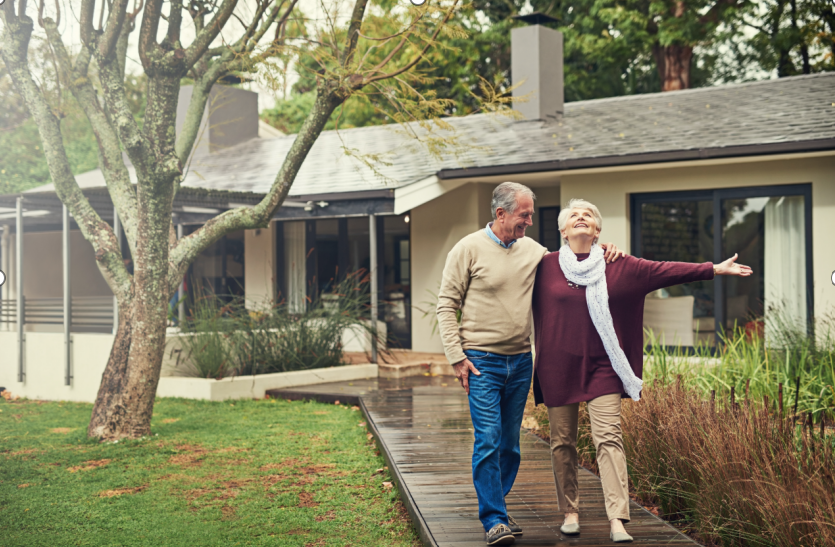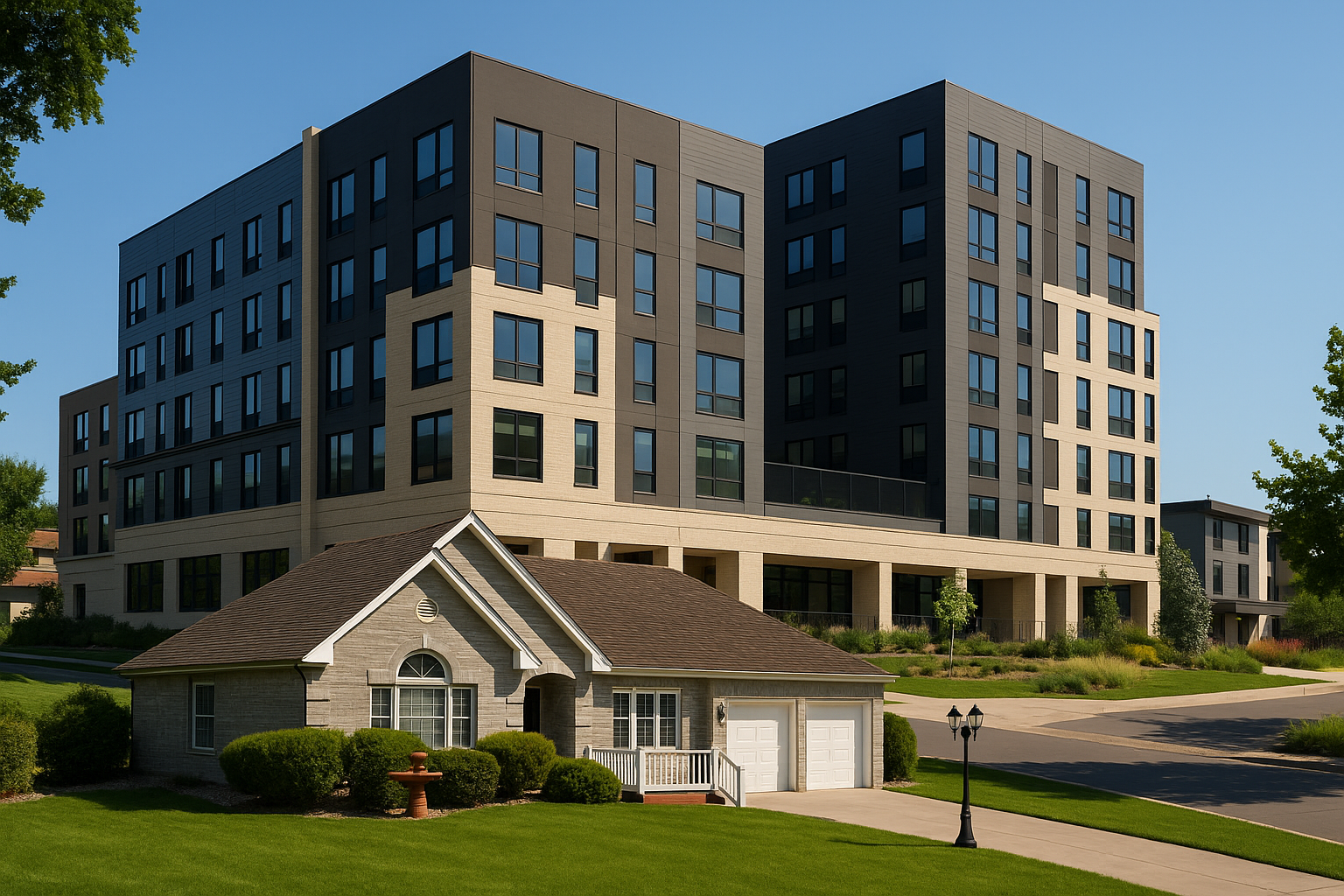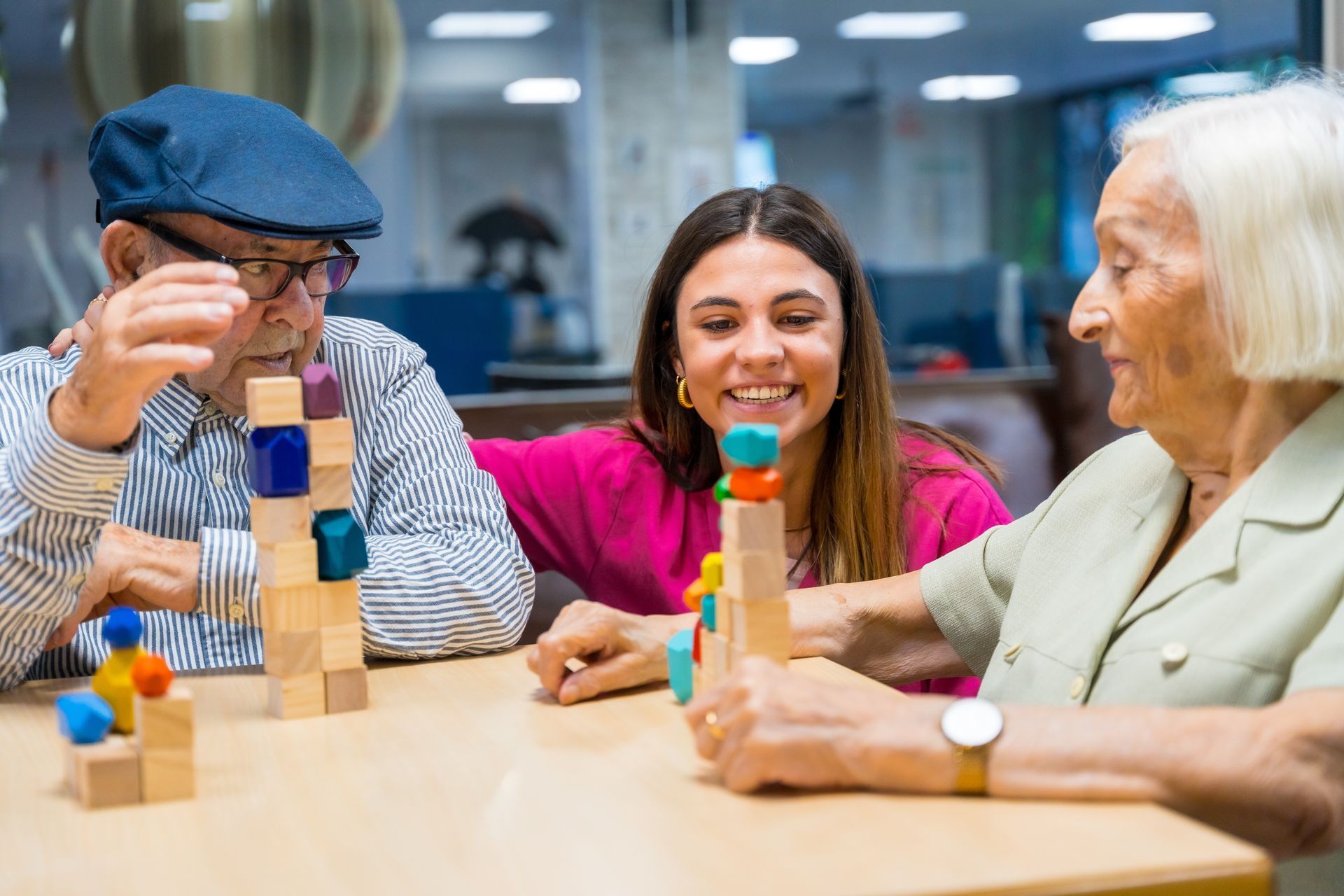BLOG
6 Tips for Dealing Personality Changes In Older Adults with Alzheimer's
Alzheimer's Disease (AD) is a progressive neurodegenerative condition, which affects memory and learning ability to such a degree that the affected person can no longer perform daily tasks independently. The disease attacks neurons in the brain that control memory and intellectual functions. AD is typically characterized by plaques and tangles in a person's brain and their mental deterioration due to AD.
Alzheimer's disease is one of the most common forms of dementia and is a heartbreaking disease that affects a person's personality. The changes of the brain cause your loved one to change in personality and temperament, they may become more irritable or anxious, and it is common for them to lash out. Considering that the disease progresses over the years, it is essential to know how to cope with changes in personality so you and people at home can help take care of your loved one with Alzheimer's disease.
Suppose you wonder how to better serve a family member with Alzheimer's disease. First, you must take note of the common personality changes in adults living with the disease. Your loved one may have already shown the changes you may see from the lists; however, the other common changes included here are possible to happen in the future. So as someone who looks after your loved one with Alzheimer's. You must be open and ready to embrace these changes and take steps to manage them best.
Common Personality Changes In Older Adults with Alzheimer's
1. Loss of memory
The disease takes away your loved one’s ability to remember things due to its progressive nature. People with Alzheimer’s may forget the words they want to say or may even forget your name. Therefore, you must be wise in choosing appropriate times to talk with them and not upsetting them more.
2. Misplacing Things and Getting Lost
Over time, your loved one may tend to misplace things such as keys, wallet, and phone. It is because of their incapability to remember where they put their stuff. They may also get lost when you take them out on a walk or go out with them on a trip.
3. Inability to Communicate
AD often takes away your loved one’s ability to communicate on a personal level on purpose or unintentionally. As a result, it may cause them to feel lonely because they cannot communicate with people around them in a meaningful way.
4. Depression
Your loved one may become reclusive and withdrawn because of the hopelessness and loneliness of living with a deadly disease such as Alzheimer's disease. They might think that they cannot cope with it alone, which leads to depression or feeling helpless.
5. Aggressiveness
As the disease progresses, you may notice that your loved one is getting mean or moody. It is a common symptom of Alzheimer's disease. It is usually triggered by certain situations such as feeling lost, disoriented, and difficulty doing daily tasks. It leads to frustration and anger on the part of the person living with Alzheimer's disease.
6. Imagining Things That Aren't Real
AD patients may appear to hallucinate or imagine things that aren't there. It is because their condition makes it hard for them to distinguish reality from illusion. So you may see your loved one thinking that they are somewhere else when in fact, they are at home. They may also think that someone is talking to them when in fact, no one is there.
7. Repetitive Behavior
People with Alzheimer's may be stuck in a routine and tend to repeat the same tasks and activities repeatedly without variation. For example, you may notice that your loved one has a habit of moving the same things repeatedly from one place to another place. It is called perseveration. Moreover, they may even ask the same questions repeatedly.
These are common personality changes that you encounter and will encounter in your loved one suffering the disease. But you must not worry because it is normal for personality changes to happen in older people with AD. Some changes may be temporary, while some may be more enduring. You must prepare yourself for the condition and work with people around you to provide help and support for your loved one so he can continue living comfortably despite the disease.
A duty of care is an act that will allow you to take care of your loved one better in case Alzheimer's disease progresses. To give you better ideas on how you can deal with your loved one's changing behavior, here are some tips to help you.
6 Tips for Dealing with Personality Changes in Older Adults with Alzheimer's
The first thing you will need to do is extend your patience when dealing with your aging parents with Alzheimer's, as most parents are reluctant to accept help and care because they will claim that there is nothing wrong with them. But, aside from that, these are the things you can do to deal with your loved ones changing personalities.
1. Explain the Changes to Them
Since it is rare to find a person living with Alzheimer's disease who understands his illness, you must explain the changes you notice in plain language without being judgmental or blaming them. You can also tell stories about other people living with the same condition, so they know how their behaviors are not unusual for people living with Alzheimer’s disease.
2. Change Your Loved One's Environment
Sometimes change in the environment can help to manage AD'S changes in behavior. Changing your loved one's environment may include moving them from house to a new residence or perhaps adding a dog-walker to their daily routine for walks. If you do not want your loved one alone in a room, consider getting companionship support for them or hiring an Alzheimer's care assistant if they need help washing, eating, and dressing.
3. Encourage Your Loved One to Talk
Often, people with AD are reluctant to talk or don't know what to say. To encourage your loved ones to talk, sit them down and ask them questions—avoid asking about the past, which can be confusing because they may not remember. Instead, ask them what they are feeling now, what you should be doing together today, and even your favorite topic of conversation.
4. Manage Stress
Stress is known as an exacerbator of Alzheimer's disease changes in behavior. It elevates the stress hormone cortisol levels, which can lead to more agitation and agitated behavior in your loved one that may affect many things such as their mood, ad libitum requests, stuttering, and even hypersomnia. You can manage their stress by increasing your loved one's activity level, like engaging them in physical activities such as walking, dancing, and gardening. It will help to improve their overall health and functioning.
5. Remind Them of Their Passion
If your loved one used to be a passionate person, such as a golfer, musician, or artist, you should remind them of their passion because it will remind them who they are. Remind them of what they used to do, especially if they have done it for many years. For example, if your loved one used to play the piano for 30 years, show them pictures or videos of their past performance and encourage them to talk about the topic. You must be wise in choosing appropriate times to talk with your loved ones so you can avoid upsetting them more. You might also consider spending time with him doing something he enjoys to feel less lonely and experience less stress.
6. Respect Their Wishes
People with AD may become confused and experience delusions or hallucinations. It can affect their ability to make their own decisions. However, you must remember that it is a part of the disease and will not change the way they think—stubbornness, argumentativeness, and difficulty are common in people with AD. Do not be shocked when your loved one tells you something untrue or something they do not want to do.
The more prepared you are in dealing with the behavioral changes of your loved one with Alzheimer's disease, the better it will be for both of you. You must never be afraid to talk openly about these changes because doing so will help your loved one feel more confident and comfortable with himself despite his diagnosis.
Author Bio I'm Andrea Gibbs, Born, raised, and still living in New York. I'm a work-at-home mom with a background in business development, strategy, and social media marketing. I'm a blog contributor at Serenity Senior care to motivate other parents about how they can enhance their elderly loved ones quality of life.















